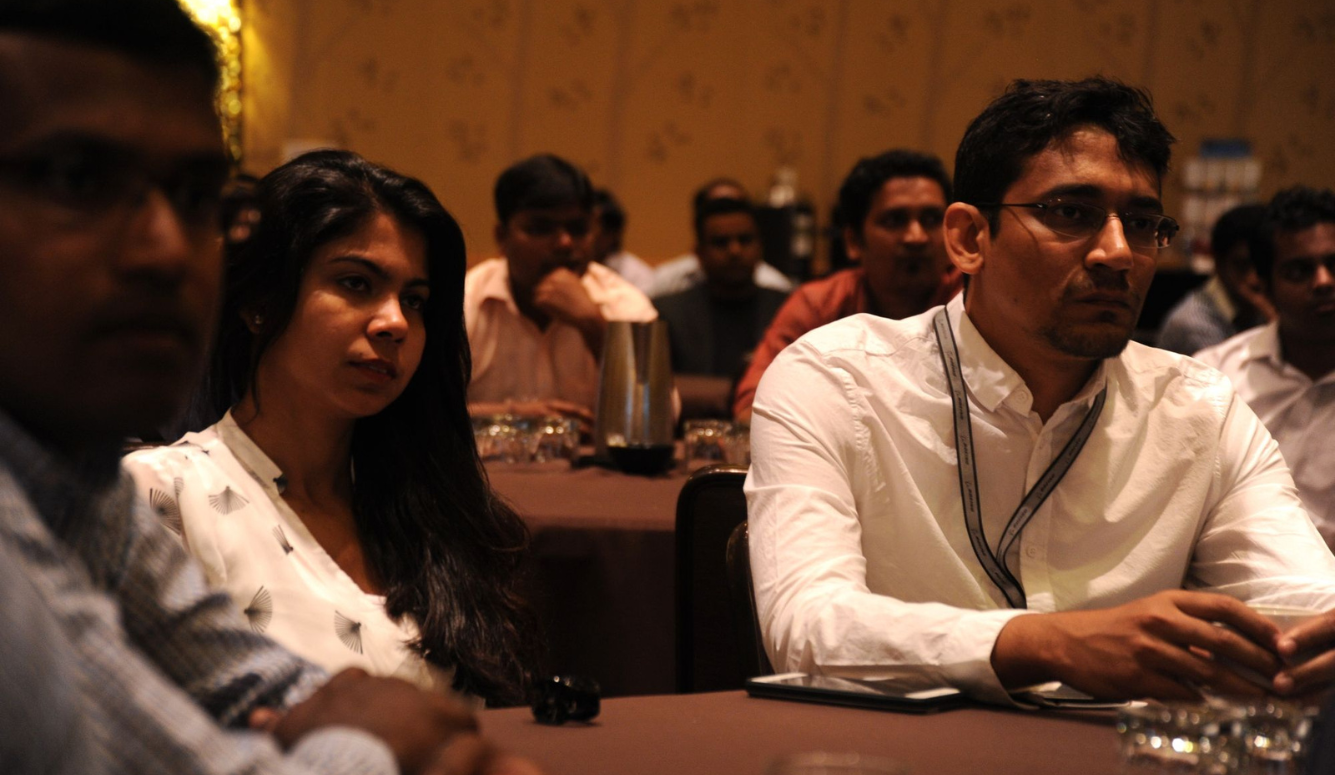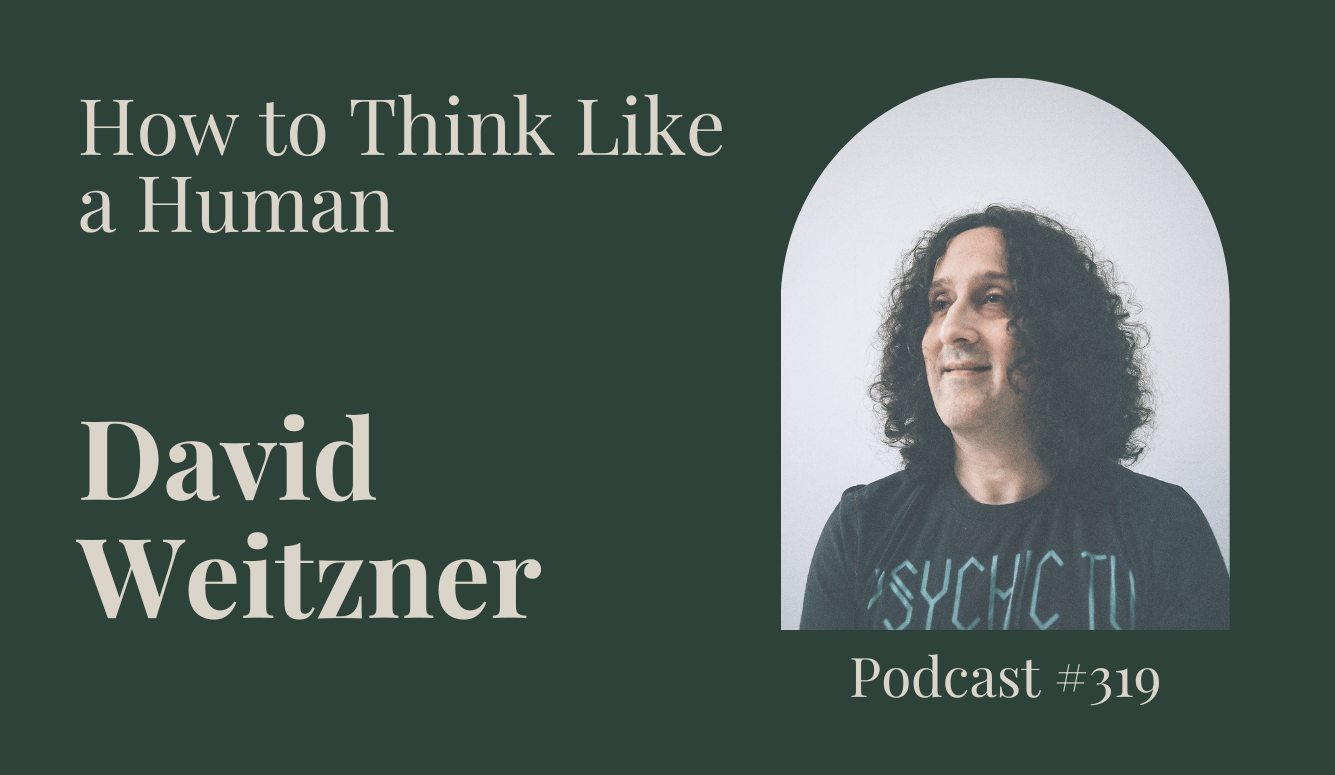Politics
The Fragility of the Caste-Oppression Hypothesis
Empty claims of caste discrimination in the West have damaging legal, reputational, and social consequences.

Claims of caste oppression provide a unique lens through which to witness a toxic combination of identity politics, their hijacking of academia, the aggressive pursuit of grievances, and the resulting encoding in laws and policies across institutions including universities. Fora dedicated to academic freedoms or criticism of identity politics have remarkably remained oblivious to this toxicity, perhaps indicating that they remain oblivious to—and even gullible towards—grievance claims when they presuppose some knowledge of cultural differences.
Indian emigrants to various lands around the world are showing similar socio-economic profiles. Whether in earlier places of settlement such as East Africa, or newer lands of the United Kingdom, the United States, or Australia, they are soon positioned on average in the higher socioeconomic categories.
— Paul Graham (@paulg) April 24, 2023
Intergenerational mobility, which is a common but not inevitable feature of migrant groups, makes this positioning even more pronounced. Indians abroad are conversely underrepresented in negative indices such as reliance on state social-welfare systems or in prisons. Yet if the press coverage and the pronouncements by activists, academia, officials, and legislators are to be believed, they present a singular danger: caste discrimination against their fellow countrymen, which they bring over from their country of origin.
The favoured claim is that successful immigrants are from higher castes, and so benefit from privileges gained through the caste system. The barely hidden implication is that they have stepped upon their lower-caste countrymen to get where they are today. Their success, whether educational, professional, or entrepreneurial, has been accrued by oppression. Proponents of the caste-oppression hypothesis appear to believe that this is how one should look at the relationship between discrimination and the socioeconomic profiles of Indian immigrants.
These allegations have been routinely applied to justify the enactment of legislation against caste discrimination. This happened earlier in Britain, and it is visible in conjured-up charges of discrimination brought against tech company Cisco Systems and its managers. They were invoked when the Seattle City Council passed its municipal ordinance on caste in February 2023. One sees the same tropes surfacing in Australia, where a review is currently taking place of whether caste should be added to the country’s Racial Discrimination Act.
Similar claims have been used by universities and student bodies across the United States when adding caste as a protected class to their Diversity, Equity, and Inclusion policies. The list now includes Brown, Harvard, Brandeis, University of California Davis, and the entire California State University system. The tag “caste privilege” has entered American university campuses, mirroring the terminology of “white privilege.” CSU’s action is now the subject of litigation by two professors who oppose the university’s policy on constitutional and due-process grounds, and around 90 faculty have added their names to a petition against it.
Protests against this trend of lawmaking and policymaking are, however, generally confined to Hindu community groups. Academia broadly sees itself as ranged against caste-privileged Hindus and therefore tilted towards the claims of caste activists. Although caste is often touted as a South Asian phenomenon, this nomenclature is deceptive because the caste oppressor is always Hindu or Brahmin, a reading that is more faithful to the earliest conceptions of the caste system which derive from 19th-century Protestant missionary writings. The line between academia and activism is often indistinguishable. Academic voices speaking against the trend and its insinuation of group guilt are rare. I became the only academic who wrote against the campaign to enact legislation against caste in Britain, and consequently found myself in academic purgatory tainted by association with caste oppression. In its wake came refusals to collaborate, vanishing invitations to speak, difficulties in obtaining research grants or promotion, ad hominem, an absence of citations, misrepresentation of my arguments, and a dearth of positive reviews.
Despite their prevalence, the claims of campaigners have an air of mystery about them. For a start, no substantiation is sought for them even though the certainty and frequency with which they are repeated is inversely proportional to the level of research backing them up. No data exist on the spread of castes in these countries and how they or their members relate to one another, much less whether any hierarchy operates. Some literature does point to caste affiliation among Indians abroad but it simply assumes that oppression, hierarchy, and social distancing must go along with it. No data exist showing that higher castes succeed and lower castes don’t. The disgruntled “Dalit” employee of Cisco Systems certainly does not fit that profile, having been the beneficiary of a well-paid job and the recipient of largesse by the very managers whom he now accuses of caste discrimination. At least, that’s what the submitted and uncontradicted evidence in the case indicates. The claim has no legs now that the case against the managers has been dropped. Those managers were hounded for three years by California’s Civil Rights Department, which has also been pursuing other tech firms in civil-rights cases. In the case of CSU’s policy, those responsible for adding caste could not identify a single complaint made on caste grounds on any of CSU’s 23 campuses!
The complaint against Cisco was partly based on the claim that the employee in question had benefitted from a reservation at university in India and that this fact had been circulated in the firm. India’s reservation system is often justified as a form of “compensatory” discrimination, but no one can really say what it compensates for or how the list of eligible castes has been compiled. Unlike American affirmative-action programmes, which use race as one factor in admissions, Indian reservations blatantly enact birth-based discrimination while admitting candidates on far lower grades. It is seldom appreciated that caste-based identity politics are far more regressive than anything that one finds in the United States, and its toxic nature partly accounts for what we see surfacing in the three countries in question. The spurious implication of the Cisco claim is that there should be a taboo on mention of the reservation system at Indian universities once employees are in the American workplace, even when the lists of its beneficiaries are easily accessible.
It is yet to be shown what caste oppression consists of and how it manifests. No one has yet explained how the caste system confers privileges on upper castes while denying them to the lower castes. How exactly did the former step on the latter to secure their successes? It is far from clear how educational and occupational achievements are dependent on the alleged oppression. One has to wonder whether those journalists, activists, academics, and officials making such claims have themselves acquired their professional “success” by oppressing others. If that isn’t the case, then what is the source of the behavioural models which they so frequently apply to Indians?
The question is doubly relevant for the almost entirely Indian-origin parts of the chorus at the forefront of the claims about discrimination or oppression. Are they among those who singularly managed to enlighten themselves out of their oppressive behaviour and can now look with disdain at the system into which they were born? What evidence caused this Damascene conversion, or were means other than knowledge persuasive in effecting their enlightened outlook? These spokespersons for the demolition of the caste system appear to have acquired tremendous power of insight into the system they decry. But this does not sit easily with the frequency with which they maintain that the system of oppression is “hidden” or “subtle,” “obscure” or “invisible.” Making caste discrimination a covert practice absolves claimants of the burden of proving their case and yet helps pin guilt on alleged perpetrators. It also implies that ordinary human beings who don’t share their extraordinary insight cannot access the kind of oppression at play; they should just accept it is there.
Unsubstantiated allegations mount as time goes on. In the British legal proceedings of 2014–15, judges believed the claim of caste discrimination, even though it was almost certainly a set-up. The judiciary was not encouraged to scrutinize the evidence closely. The case included claims that the plaintiff’s red-bordered white sari offered conclusive proof of her caste status. No one bothered to ask about the caste status of the alleged perpetrators! One can only presume that the judicial prejudices about caste played a role in swaying them despite the flimsy conduct of the case.
The Cisco case suffers from a similar lack of credible basis. Unlike the British case, California’s Civil Rights Department didn’t bank on the combative defence that Cisco and the managers would put up. Although the case is ripe for much muckraking about how California’s officialdom conducts itself, one may wonder whether they consider anything embarrassing in this day and age. The case remains in the courts and, although the CRD has now dropped the charges against the managers, the case has been widely covered as though it proved the existence of caste discrimination. Worse, academics have submitted briefs holding the defendants culpable prior to the conclusion of the legal proceedings, again testifying to the extraordinary powers of insight such scholar-activists claim to have. In March 2023, California also saw the introduction of a bill to add caste to its anti-discrimination laws, indicating that its proponents may have realised that the Cisco case may be running out of steam, while simultaneously hitting on a legislative strategy more likely to succeed.
Lawmakers have shown singular irresponsibility in entertaining and promoting caste claims. Several members of parliament who voted to add caste to Britain’s Equality Act have admitted to me that they have had no caste-related complaints. In Seattle, an Indian-origin councilwoman of the Socialist Alternative, Kshama Sawant, became the lead behind the ordinance, while the Afghan-origin Democratic Senator Aisha Wahab has become a reliable runner for their campaign in California. California Democrats have already voted to add caste to the party’s code of conduct, making it all the more likely that they will support the proposed legislation. Although Sawant could not furnish evidence of any cases other than Cisco, Seattle’s council members were evidently swayed by the argument that evidence of caste discrimination would emerge in the courts. The case for legislation on caste, therefore, hinges on the hope that evidence would emerge once defendants are dragged to court. As with Cisco, campaigners seem to be invested in the dramatic propaganda effect of the cases rather than the strength of any research or legal findings.
The United States, Britain, and Australia have tens if not hundreds of academics who research India, Indians abroad, and caste. They surely sense that the claims being thrown around are specious. While empty, these claims nevertheless have legal, reputational, and other consequences for those at whom mud is being thrown, let alone tarring and gaslighting entire communities. There is silence among those academics who haven’t already lent their weight to the otherwise brittle case for making laws and policies against caste discrimination. Perhaps it is worth asking them why they don’t speak out. What are they afraid of?
The fragility of claims of caste oppression helps point to a different connection between the caste bogey and Indian successes in their countries of sojourn than that suggested earlier in this article. While it is implausible that their success arises out of caste oppression, it is very plausible that caste oppression is a form of stone-pelting against that success. With success is bound to come a sort of politics of envy, and what better way to allege that it arose out of ill-gotten gains? In this sense, caste is a mere facet of a time-honoured way of targeting a group by alleging it exploited others to get where it is. Many of the world’s emigrant populations have found themselves pushed out of their countries of origin or adoption precisely because they were marked out in this manner.
The American example reveals some difference in the strategy of caste activists. Much of the mudslinging occurs against those companies, like Cisco, which are led by or have a heavy Indian presence. While activists have collaborated with like-minded academics in the British, American, and Australian contexts, in the United States, the university has become a key target of the activists’ campaigns. This could well be explained by the bloated DEI administrations and programmes at American universities that incentivise universities to be on a constant lookout for the next moral danger. Indian-origin staff and students now exist under the constant threat of being targeted for violating caste-related policies or laws for no good reason. What happens in the United States rarely remains there, and there are signs that other countries are moving in the same direction. The authorities in these countries will not protect them and are often complicit in pursuing them on charges of caste oppression. There is a bigger fish the caste crowd has in their sights. India’s own economic rise is now unstoppable. Perhaps that too is unpalatable.





